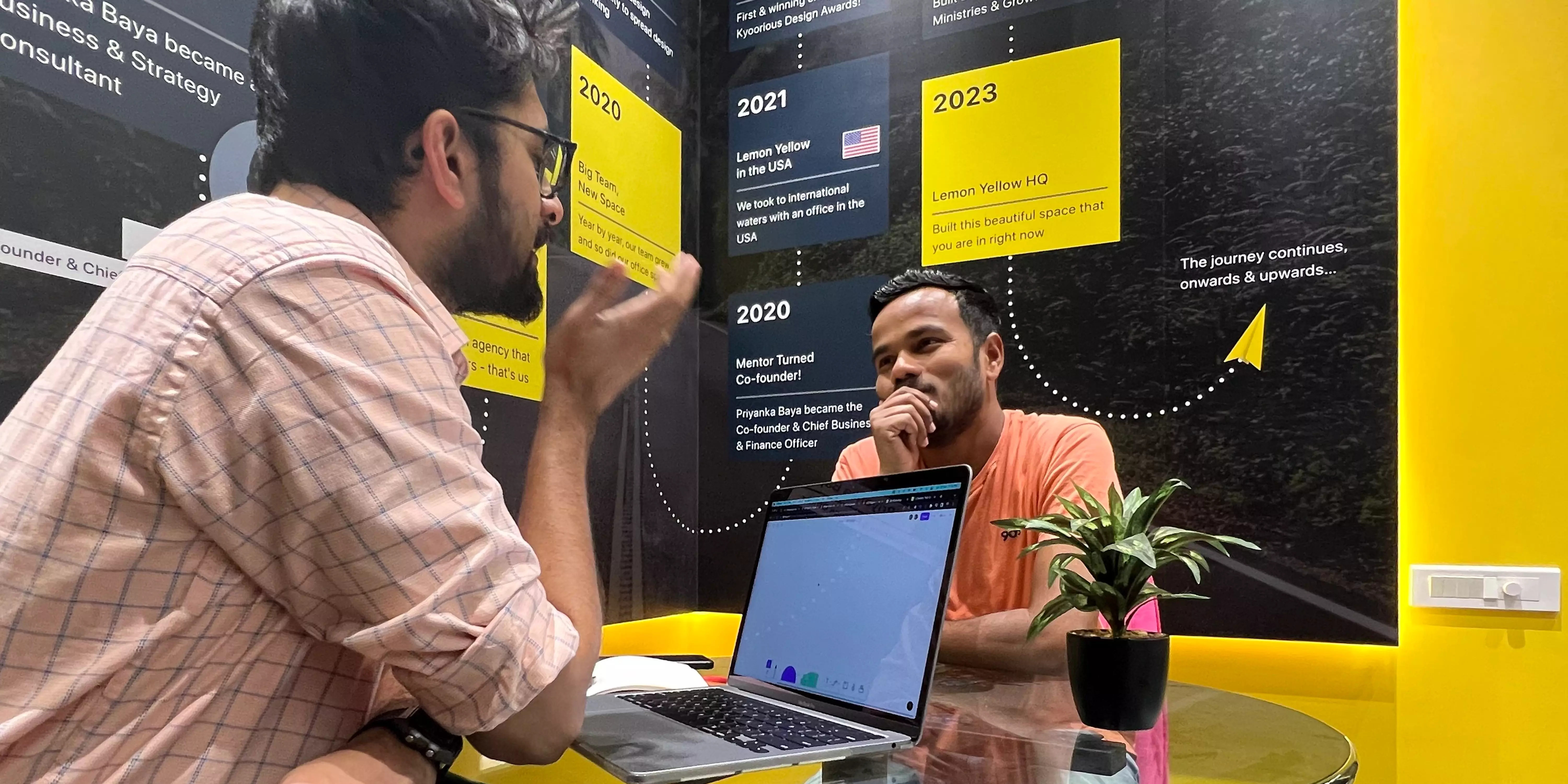User research for satisfaction
Understanding the end user to design a tailored product

User research in progress

- Gives a clear user perspective
- Unbiased, direct data
- Creates product credibility
- Provides clearer insights

- Understanding diverse users
- Identifying user needs
- Creating a user-centric experience

- Scope-based timeline
- User interviews
- Card sorting
- Usability testing
- UX report
- Driven by Head of design
- UX Research & Design
- Client team - All stakeholders

- Helps you find patterns
- Provides statistical data
- Helps avoid ambiguity

- Gathering large data
- Small & quick timeline

- Scope-based timeline
- Surveys
- A/B testing
- UX report
- Creative Direction
- UX Research & Design
- User Interface Design
- User Testing
- Illustration
- Motion Design
Decoding user research

Understand
Discovering what is useful (or not) for your users.

Explore
Testing your users’ behavioral & attitudinal patterns.

Analyze
Reviewing the findings to provide user-centric solutions.

A product may have many features or offerings. Categorizing it for the users' benefit so they can find what they are looking for, as easily & effectively as possible, is what determines good UX design.
Card sorting is one of the methods that help in defining an information architecture that bridges the gap between stakeholders' and users' needs. In card sorting, different features/offerings are labeled individually. Then users sort these labels into groups as per their understanding/convenience.
Card sorting helps us understand users' mentality and design a product that suits their needs.
Simply put, A/B testing is a pure quantitative research method where users are shown two versions of the product’s design - could be something as small as a CTA or it can be an entire page - where the data is generated on which version they prefer.
Think of A/B testing as users' approval of your designs.
There are two ways in which we get the data to conduct user interviews. One is where the client provides us with their database of users. We contact these users to schedule an interview for UX research.
The second is where the client lets our expertise and network do the job. This is where, according to the project scope, we reach out to potential users to conduct the research.
The data collection for user research depends on the project’s scope & requirements.





